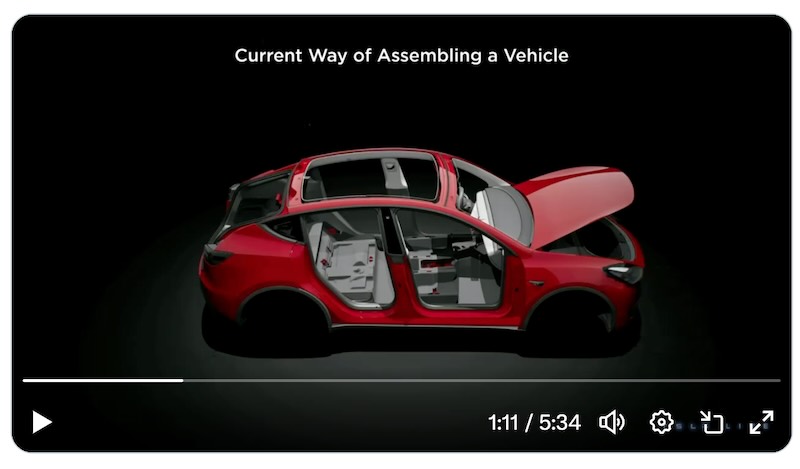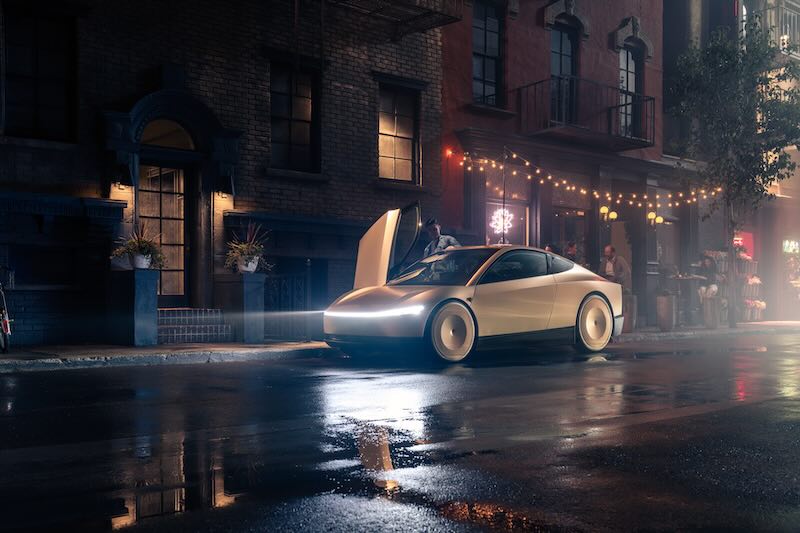The race for autonomous ride-hailing dominance is accelerating, and Tesla’s latest maneuver has positioned it squarely against industry incumbents. During a interview at the FII conference in Miami, Uber CEO Dara Khosrowshahi revealed that Tesla CEO Elon Musk declined to integrate the automaker’s upcoming Cybercab robotaxi service into Uber’s platform. Instead, Tesla plans to launch its own autonomous network, setting the stage for a high-stakes battle in Austin and beyond.
Tesla’s decision to bypass partnerships with established ride-hailing platforms underscores its preference for vertical integration. According to Khosrowshahi, discussions with Elon Musk confirmed Tesla’s intent to “build it alone,” leveraging its proprietary technology and manufacturing prowess. Tesla’s “Unboxed Process” production process, which reimagines vehicle assembly for cost efficiency, could enable competitively priced robotaxi services. Elon has repeatedly emphasized that Tesla’s autonomous systems will prioritize safety, claiming they will eventually exceed human driver safety by over 1,000%.

Tesla Unboxed Process
Yet, this go-it-alone approach raises questions. While Tesla’s vertical integration has proven effective in electric vehicle production—where it remains one of few profitable automakers—scaling autonomous mobility presents distinct challenges. Competitors like Waymo, backed by Google’s deep resources, have already deployed limited commercial services. Can Tesla replicate its EV success in a sector requiring regulatory navigation, infrastructure coordination, and consumer trust?
Uber, meanwhile, is hedging its bets. While open to future collaboration with Tesla, Khosrowshahi confirmed the company will compete directly in markets like Austin. Uber’s existing partnerships with Waymo and other AV developers highlight its strategy to diversify its autonomous offerings. However, Khosrowshahi expressed skepticism about the feasibility of multiple automakers achieving profitable autonomy simultaneously. “The capital intensity and technical complexity are immense,” he noted.
For Uber, the stakes are clear: autonomous vehicles could reduce reliance on human drivers, slashing operational costs. But Tesla’s Cybercab Robotaxi entry adds pressure to accelerate its own AV initiatives or risk ceding market share to a well-funded rival with manufacturing scale.
The viability of Tesla’s robotaxi network hinges on two factors: safety validation and cost efficiency. Regulatory approval remains a critical hurdle, as does public skepticism around autonomous safety. Elon’s promise of a June launch in Austin, followed by a national rollout, suggests confidence in overcoming these barriers. Yet, past delays in Tesla’s Full Self-Driving timeline invite scrutiny.
Former Tesla executive Jorge Milburn has shared about the Tesla Robotaxi vs UBER, upcoming battle between Tesla and UBER in the autonomous vehicle space. His analysis points to a potential shift in the ride-hailing industry that could redefine urban transportation, challenging long-held assumptions about market dominance and technological capabilities.
Meanwhile, the broader industry faces a reckoning. With Waymo, and traditional automakers investing billions, consolidation seems inevitable. As Khosrowshahi observed, achieving autonomy at scale profitably will likely separate leaders from laggards.
Tesla’s Cybercab robotaxis aren’t just driving toward autonomy—they’re steering the future of mobility itself. Whether this solo journey outpaces collaborative efforts will depend on execution, scalability, and the elusive balance between innovation and practicality.
Related Post
Uber CEO Dara Khosrowshahi: Tesla Robotaxi Could Be Our Biggest Competitor or Partner
Waymo Robotaxi Show 81% Fewer Crashes Than Human Drivers | New Safety Report
GM Exits Cruise Robotaxi Race: $10B Loss Forces Strategic Shift in Autonomous Vehicle Development
